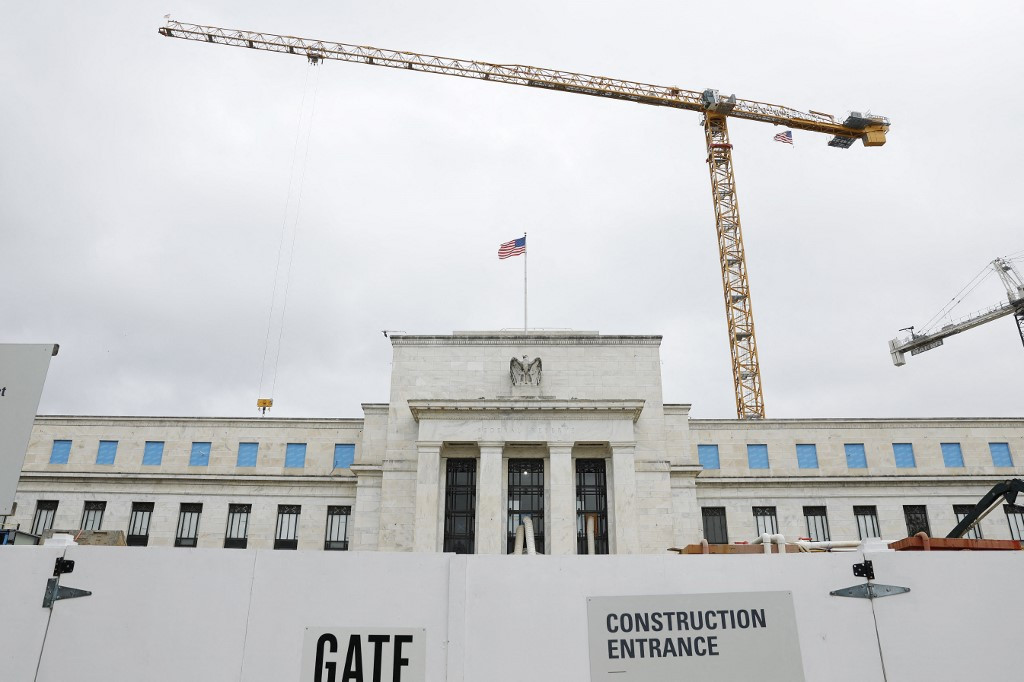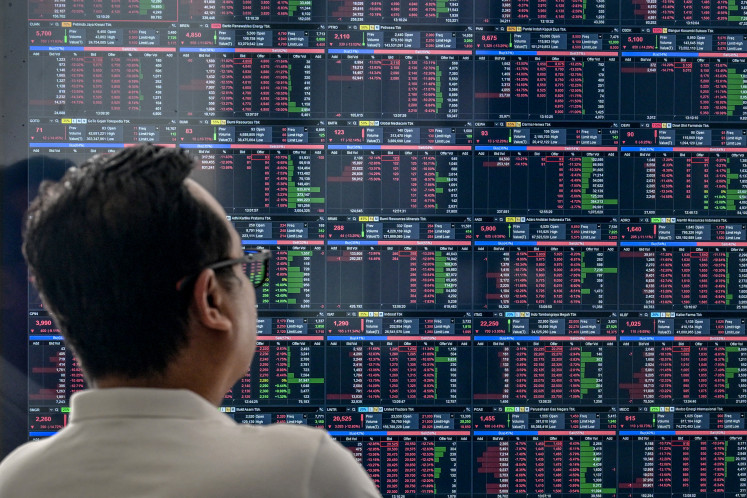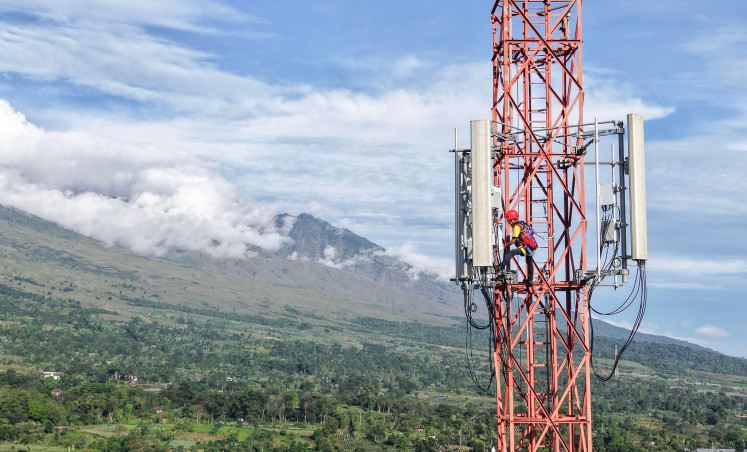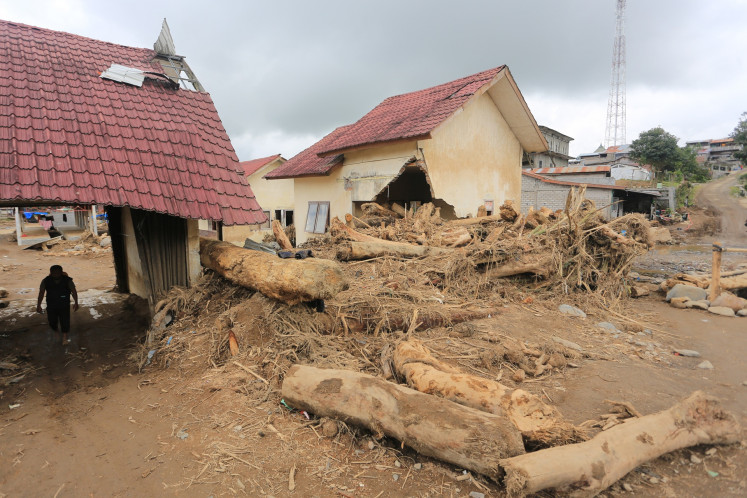Popular Reads
Top Results
Can't find what you're looking for?
View all search resultsPopular Reads
Top Results
Can't find what you're looking for?
View all search resultsFed officials flag inflation risks but still see room for rate cuts in time
Change text size
Gift Premium Articles
to Anyone
F
ederal Reserve officials are taking note of what they see as rising inflation risks and the uncertain impact of President Donald Trump's trade, immigration and other policies.
On Thursday, several signaled they still feel that cooling US inflation will in time allow the US central bank to deliver further interest rate cuts; one said that current conditions call for holding rates steady, and gave no indication of when, or whether, she felt cuts would be needed.
"Going forward, I consider it is appropriate to hold the federal funds rate in place for some time, given the balance of risks that we face right now," Federal Reserve Governor Adriana Kugler said on Thursday.
Inflation still has "some way to go" before reaching the Fed's 2 percent target, she said, and while the labor market is healthy and the risk of it weakening has diminished, upside risks to inflation remain.
As for Trump's policies, she said, the net effect will depend on the specifics.
Since taking office on January 20, Trump has delivered a steady stream of actions - or threats of them - to impose tariffs on goods from key US trading partners, including China, Mexico and Canada.
Still unknown, Kugler and her fellow policymakers point out, is how broad and big they will end up being, whether other countries will respond with their own taxes on US exports, and to what degree consumers rather than intermediaries will bear the cost.
And while for now it appears tariffs could potentially push up prices, it is not clear by how much, she said, adding, "we will have to wait."
Atlanta Fed President Raphael Bostic said his "baseline expectation" is for two quarter-percentage-point rate cuts later this year, but "the uncertainty around that is pretty significant ... There's a lot that could happen that could influence that in both directions."
Bostic, who is not a voting member of the Fed's rate-setting committee this year, told reporters in a call he did not think the US economy is facing a new burst of inflation, and noted that a still-low 4 percent unemployment rate shows the labor market is healthy.
But there is, he said, both enthusiasm and "widespread apprehension" among businesses about how new import taxes, immigration rules, and changes to regulations will affect the outlook.
"In a nutshell, contacts are concerned that tariffs could increase costs," Bostic said. "Many feel confident that if that happens, then they can pass along higher costs in their prices."
Inflation already is proving more sticky, and its progress toward the Fed's 2 percent target more bumpy, than many had expected. Consumer prices increased 3 percent on a year-over-year basis in January, the fastest pace since last June.
The Fed held its benchmark interest rate in the 4.25 percent-4.50 percent range at a policy meeting last month and is expected to do so again at its March 18-19 gathering, as officials wait for more clarity on how the administration's new policies affect the economy. Financial markets are now pricing in just one Fed rate cut this year, in June at the earliest.
NEAR-TERM INFLATION EXPECTATIONS
St. Louis Fed President Alberto Musalem sees the coming policy shifts as increasing the risk that inflation could stall above the central bank's 2 percent target, or move higher, requiring it to stay on hold for longer and, in a worst-case scenario if the job market also weakens, be forced to choose between fighting inflation with higher rates or cushioning the economy with easier policy.
Musalem, who spoke to the Economic Club of New York, did not lay out his baseline expectation for the number of rate cuts likely to be appropriate this year, though he did say the policy rate should be reduced once "inflation convergence" to the Fed's 2 percent goal is assured.
"Market and some survey measures indicate that near-term expectations of inflation have risen notably over the past three months," Musalem said. If inflation does get stuck at current above-target levels or expectations do rise, "a more restrictive path of monetary policy relative to the baseline path might be appropriate."
Chicago Fed President Austan Goolsbee, typically among the more dovish of the central bank's policymakers, said that before the recent policy and geopolitical uncertainties, overall inflation "looked pretty good" and was down substantially from its mid-2022 peak.
The tariffs that Trump imposed during his first term did not have a material impact on inflation, Goolsbee said, in part because they were narrower and included enough exemptions that supply networks were not affected.
But in thinking about the more broad-based and higher tariffs currently in development by Trump, "it depends on how many countries they are going to apply to and how big are they going to be. And the more it looks like a COVID-sized shock, the more nervous you should be about that."











